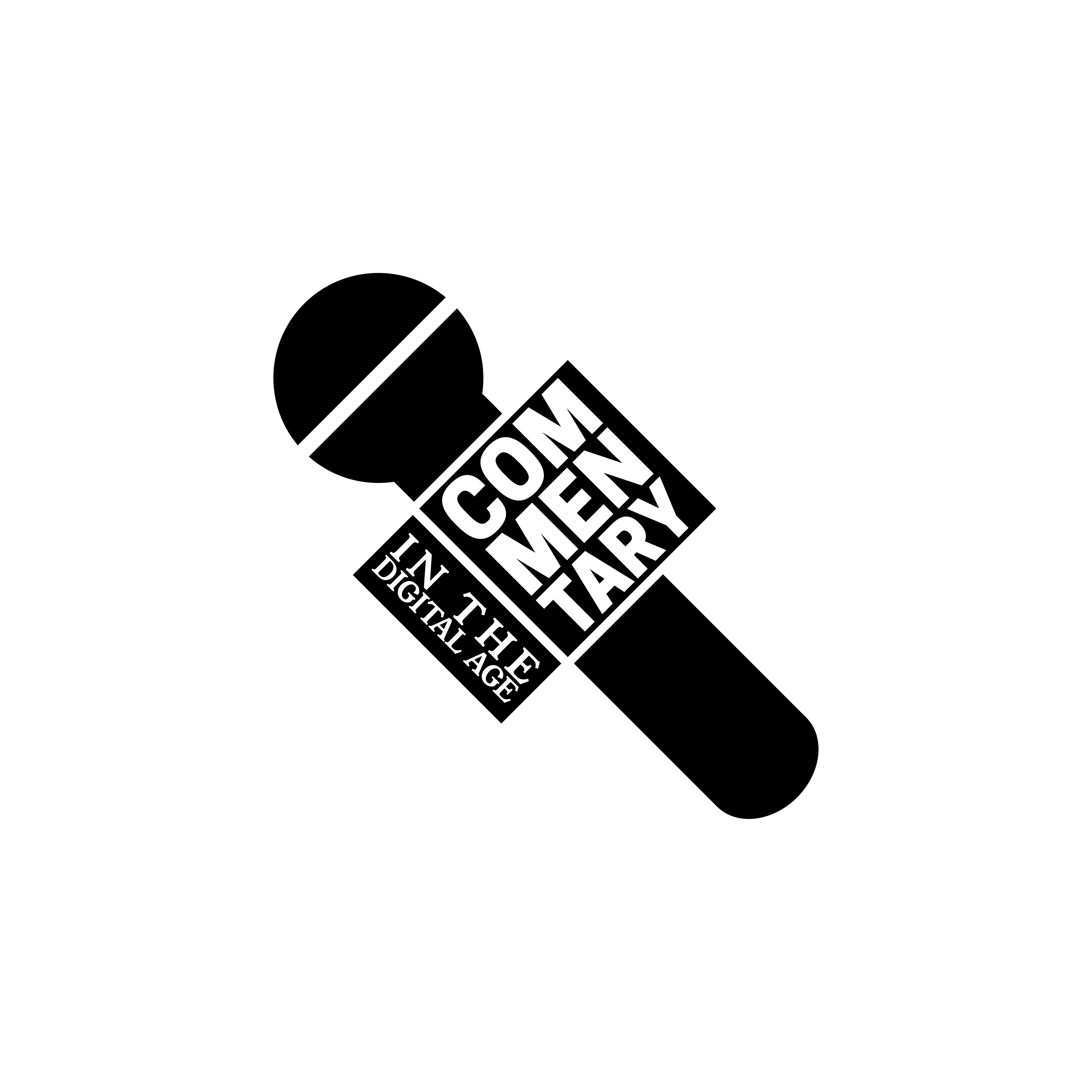When discussing the cultural value of Ron Shelton’s 1992 film White Men Can’t Jump, it takes no time at all to recognize the racial stereotypes challenged in the film. Just look at the title. Societal norms have set that Black men are inherently more athletic than white men, especially in a sporting forum like basketball.
The movie’s entire plot is then based on this harped-upon premise. The white guy, Billy Hoyle, goes around Los Angeles with the Black guy, Sidney Deane, playing the part of that unathletic white guy. Once underestimated and bets were placed on the game, he’d spring into action and, lo and behold, he could play basketball, breaking the stereotype.
To the casual viewer, the lesson of “don’t subscribe to this racial stereotype about the athletic abilities of white men” is impossible to miss. In fact, this theme is so blatantly conspicuous and harped on that it actually begins to lose its meaning. Every scene that narrative is pushed with comments from almost every character calling Billy a chump, among other dismissive terms. It’s an exhausting cycle of underestimation followed by breaking the stereotype.
At times, it doesn’t feel like a continual narrative, and there feels to be little nuance in its messaging. The theme gets so diluted that halfway through the movie, one feeling rises in its viewer:
“OK, we get it, he’s white, but he’s good at basketball, move on.”
At what point does a movie consistently playing on racial tropes and saying “Look, we’re going to break the stereotype” become a movie just profiting on making fun and perpetuating racial tropes?
It’s like a zoo advertising how good their living conditions for animals are and how well they say they take care of the animals. However, the zoo still captured the animals and removed them from their natural ecosystem. Those animals are still being held captive and paraded around for profit. With subtlety and a deft touch, yes, those zoos can help wounded animals or occasionally help repopulate a species. However, a dolphin was meant to thrive in the ocean, not in a cage behind a glass wall in front of children. The stereotype of a white man not being able to jump and Black men being loud, dumb, obnoxious, and only good at basketball—nothing else—was used in its entirety.
The most glaring example was even Billy, the white man who was literally breaking racial stereotypes by being good at basketball, perpetuated the loud, flashy Black man on multiple occasions.
A black man would rather look good and lose than look bad and win, whereas a white man would rather look bad and down than look good and lose,” Billy said.
Had it been said once, then this quote is just a continuation of harping on the racial stereotypes in the movie. Billy said that quote, not once, not twice, but three times throughout the movie.
The literal main character of the movie, who is supposed to be fighting these stereotypes, is perpetuating another one. It’s just all so in-your-face that it loses meaning at a point.
The biggest tragedy in this film is that there is actually a stereotype that is broken within the film, but it gets lost in the insistent pushing of the main theme. On multiple occasions, both the main characters, Sidney and Billy, who have beautiful and strong women by their sides, make comments to their significant others that they should be the ones to help their respective financial and/or living situations. They try to reduce their women to caretakers of the home or, in Billy’s case, caretaker of his hotel room.
Sidney tells his wife that she doesn’t need to get a job, and Billy brushes away Gloria’s dreams of improving their financial situation through Jeopardy. In both cases, the men’s oversight proves to be wrong. Sidney’s wife has to get a job after their home is burglarized, and Gloria ends up making over $11,000 on Jeopardy, while Billy loses any money he touches.
The defying of patriarchal societal ideas is actually a very strong theme explored and fairly expertly done. There’s less of a spectacle put on in making the women seem less than prior to them breaking said norms. It’s an expert touch on the part of Shelton.
However, this exploration into the damages of the patriarchal social construct, especially in the early 1990s, is nearly lost among all the racial stereotypes being paraded around the film.


